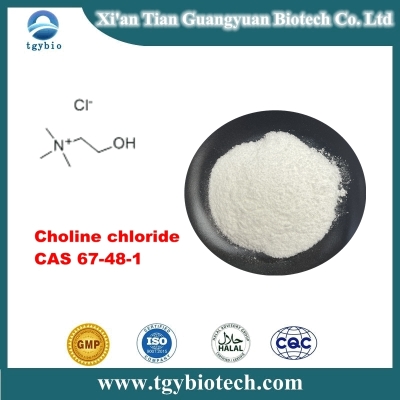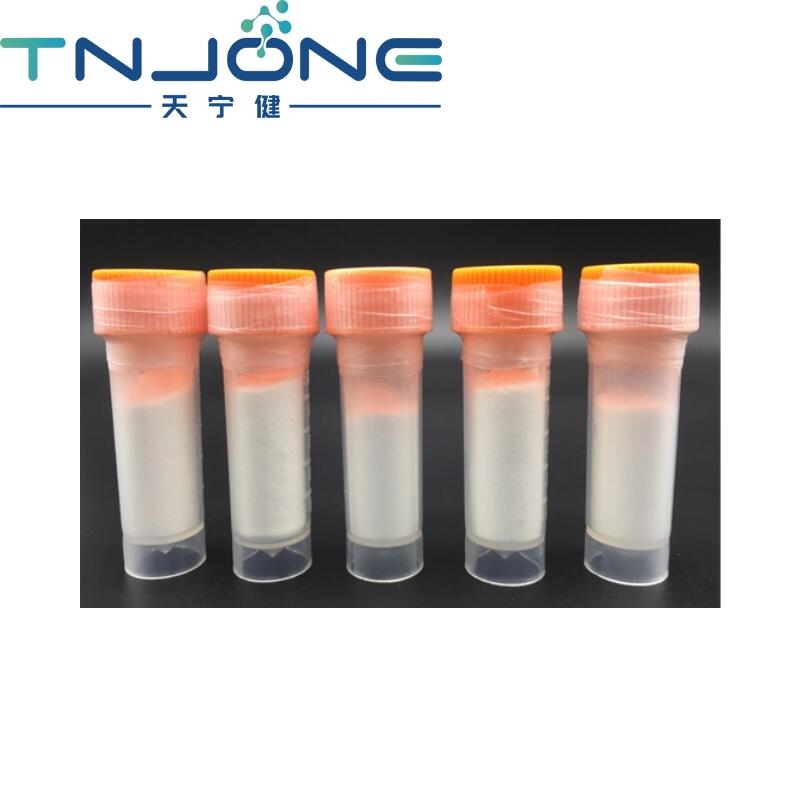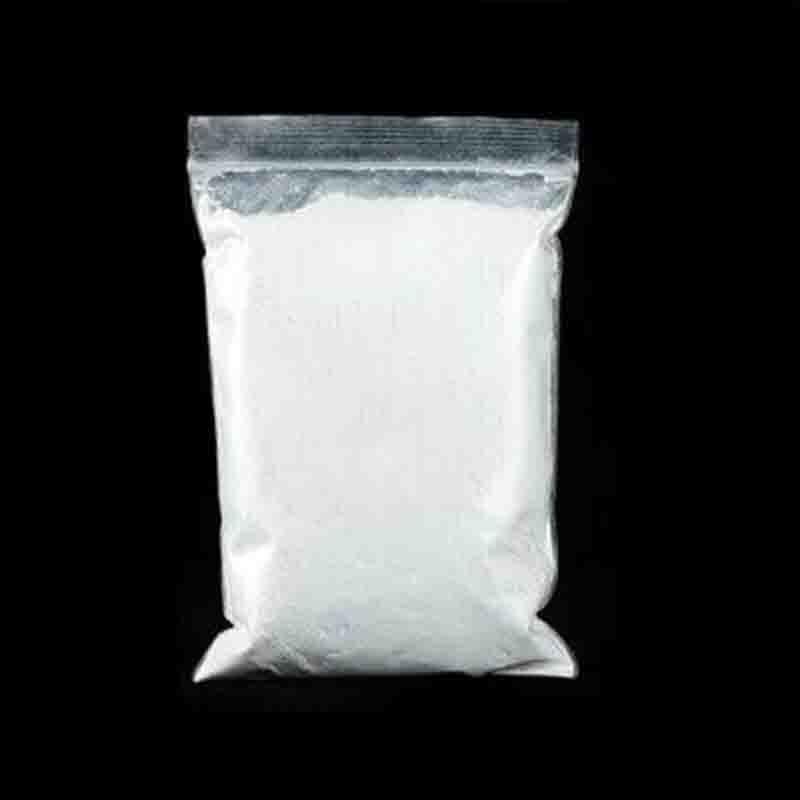-
Categories
-
Pharmaceutical Intermediates
-
Active Pharmaceutical Ingredients
-
Food Additives
- Industrial Coatings
- Agrochemicals
- Dyes and Pigments
- Surfactant
- Flavors and Fragrances
- Chemical Reagents
- Catalyst and Auxiliary
- Natural Products
- Inorganic Chemistry
-
Organic Chemistry
-
Biochemical Engineering
- Analytical Chemistry
-
Cosmetic Ingredient
- Water Treatment Chemical
-
Pharmaceutical Intermediates
Promotion
ECHEMI Mall
Wholesale
Weekly Price
Exhibition
News
-
Trade Service
Quazepam is a benzodiazepine drug that is used to treat insomnia, anxiety, and other sleep disorders.
The production process of Quazepam involves several steps, which are outlined below.
- Synthesis of Benzene Ring
The first step in the production of Quazepam involves the synthesis of the benzene ring.
This is achieved by reacting phenyl magnesium bromide with chloride in the presence of a catalyst.
The reaction is carried out in a solvent such as ether or hexane, and the resulting product is a Grignard reagent. - Nitration of Grignard Reagent
The next step is to nitrate the Grignard reagent, which involves treating it with nitric acid.
This reaction results in the formation of a nitro derivative of the benzene ring, which is then treated with sodium hydroxide to convert it to a hydroxyl derivative. - Amination of Nitro Derivative
The hydroxyl derivative is then treated with ammonia to convert it to an amino derivative.
This reaction is carried out in the presence of a catalyst such as hydrochloric acid. - Halogenation of Amino Derivative
The amino derivative is then halogenated, which involves treating it with a halogen such as chlorine or bromine.
This step is carried out in the presence of a solvent such as acetone or ether, and a catalyst such as pyridine. - Nitration of Halogenated Derivative
The halogenated derivative is then treated with nitric acid to introduce a nitro group.
This reaction is carried out in the presence of a solvent such as acetonitrile or DMF, and a catalyst such as triethylamine. - Reduction of Nitro Group
The resulting nitro compound is then reduced to convert the nitro group to an amino group.
This is achieved by treating the compound with hydrogen in the presence of a catalyst such as palladium on barium sulfate. - Amination of Reduced Compound
The reduced compound is then treated with ammonia to introduce another amino group.
This reaction is carried out in the presence of a catalyst such as hydrochloric acid, and the resulting product is a diazo compound. - Final Ring Closure
The final step involves the final ring closure of the diazo compound.
This is achieved by treating the diazo compound with sodium hydroxide, followed by hydrolysis with water.
The resulting product is Quazepam hydrochloride, which is the final product.
The production process of Quazepam involves several steps, which require careful control of the reaction conditions and purification of the intermediate products.
The use of solvents, catalysts, and other reagents is critical to ensure a consistent and high-quality product.
The final product must also be purified and characterized to ensure that it meets the required purity and quality standards.
The production of Quazepam is a complex process that involves multiple steps, and requires a thorough understanding of the underlying chemistry and the use of specialized equipment and techniques.
The quality of the final product is critical to its efficacy and safety, and requires careful attention to every step of the production process.







